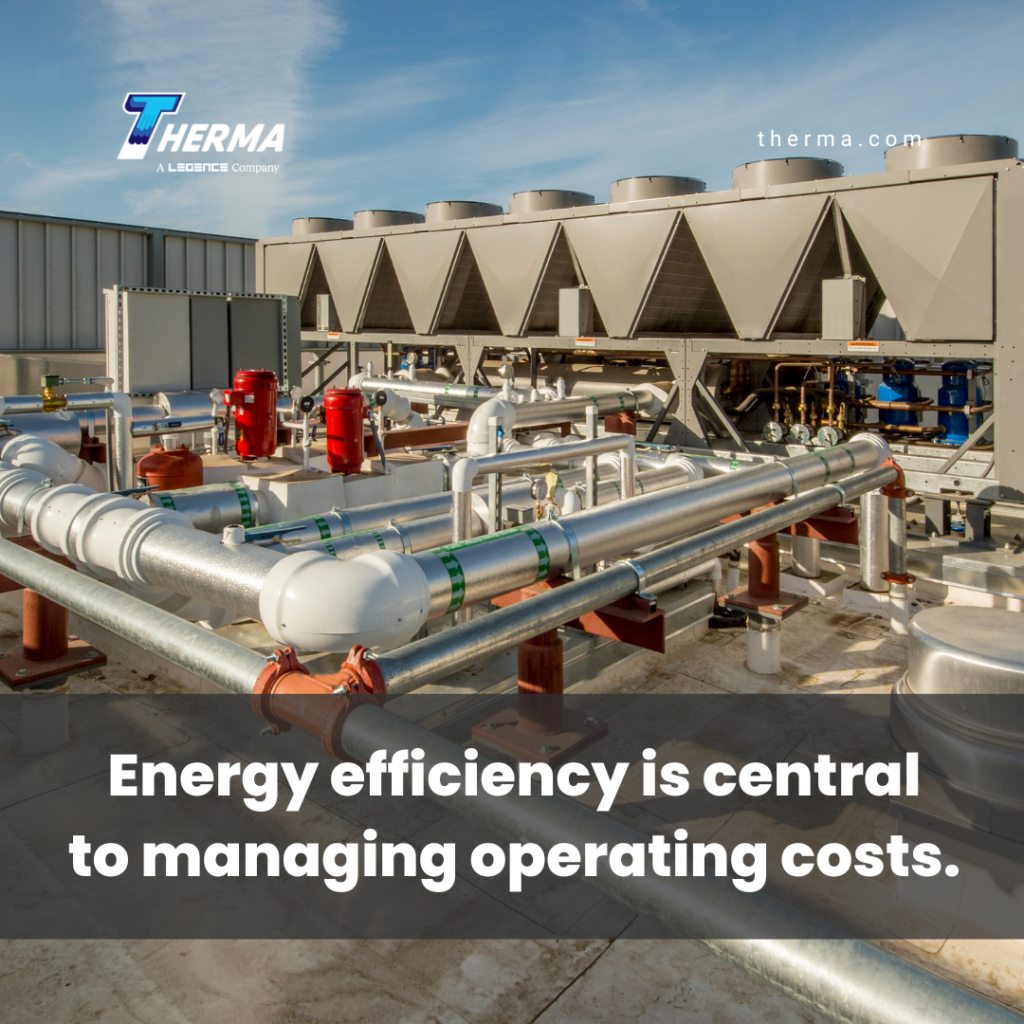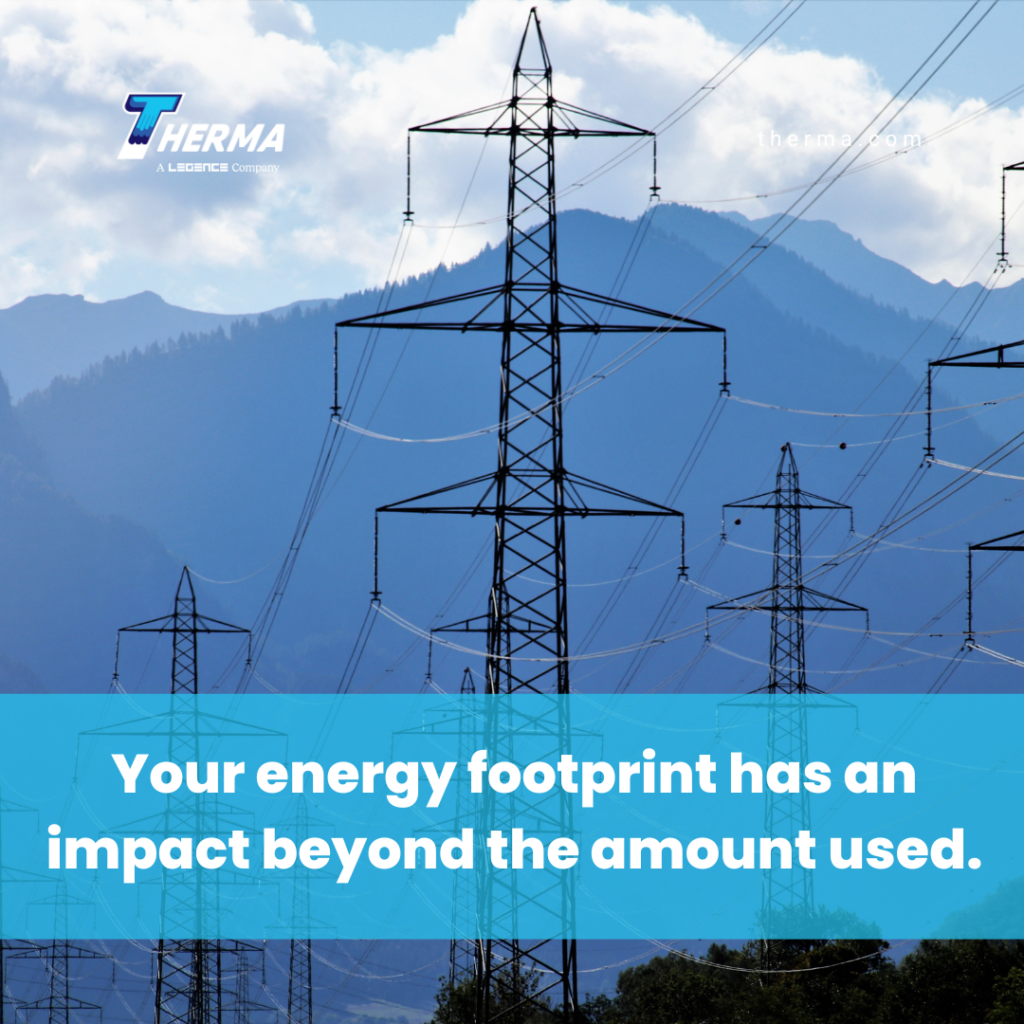Energy efficiency is central to managing operating costs. Your facility’s energy footprint is also a useful component of sustainability performance that can be tracked and reported as a metric of operational efficiency. In order to maximize the benefits of a smart energy footprint, you can start with an HVAC efficiency survey to start planning for capital improvements and lower operating costs. This article will guide you on how to assess your energy footprint and HVAC performance.
Energy Performance Survey
Whether your facility is mostly office space, manufacturing, or a combination of programs, energy efficiency, and comfort are central to productivity. A starting point for optimizing energy efficiency is to survey systems and assess energy performance and costs. Compiling historical energy use and expenses is an in-house task that can help prepare for your HVAC efficiency survey. Retrieving annual inspections and maintenance records is also going to contribute to energy efficiency planning efforts. The objective of this assessment is to determine where, when, and how energy is used throughout your facility.
According to the EPA, commercial buildings are often operating with significant energy loss. On average, commercial facilities waste around 30% of energy. While a full energy audit can include lighting, appliances, and other building components, a focus on HVAC performance is a strong starting point for determining a large portion of your energy footprint.
Energy Usage Data Review
While it may sound dull, a deep dive into past energy usage can be an extremely valuable tool to analyze performance. Analyzing historical energy usage can give you an overall picture of your energy footprint, and help determine seasonal and other timeframes that create shifts in energy demand.

Changes in season, occupancy, and production can all create shifts in energy usage. Your company’s energy footprint is a measure of how much energy consumption is needed for operations. Depending on your operational efficiency goals, you can assess energy consumption annually, monthly, or by location. It is also useful to compile data on types of energy used, for example, if your facility has renewable energy systems or other onsite energy production.
Energy Footprint & Impact
Your company’s energy footprint has an impact beyond the amount used. Typically, renewable energy has a lower footprint than fossil fuels in terms of carbon emissions. The concept of an energy footprint is to look at how the energy resources you need can be met with low or minimal impact. The term relates to carbon emissions and how much land or natural resources is needed to absorb the CO2 created by energy use.
Energy Footprint and ESG/GHG Reporting
In addition to assessing energy use and costs, determining your energy footprint can be a useful reporting tool to convey your company’s sustainability practices. Categories of greenhouse gas emissions (1, 2, or 3) help companies track direct and indirect emissions either through the up-and downstream supply chain emissions, or from direct sources of energy use at buildings and facilities.
Having a baseline of energy use, including the sources, can provide the data needed for voluntary or regulatory reporting. This information can be used internally to improve energy efficiency and also used to report energy efficiency and sustainability to investors or shareholders.

System Analysis & Expertise
When you’ve collected your building and facility data, it is helpful to enlist an energy specialist that can help you analyze your energy use and identify where upgrades and improvements will have the most benefit. An HVAC specialist can inspect your equipment, controls, and other components to determine where maintenance or replacements are needed.
This partner can also help you create a long-term strategy for large capital improvements, align them with federal and state incentives, and establish a phased plan for achieving your energy efficiency goals. The experts at Therma have the experience to guide you through the process of quantifying your energy footprint and creating practical steps forward toward energy conservation, emissions reduction, and cost savings. Contact Therma today to learn more >>
AUTHOR BIO
Ali Kriscenski was trained in high-performance building design at Boston Architectural College. She has worked with leading architecture and construction firms in NYC and New England and served on the executive team at the Forest Stewardship Council International. She was the managing editor at Inhabitat and has worked pro bono for the Green Building Institute, ISEAL Alliance, and Habitat for Humanity.
Sources
International Energy Agency – CO2 Emissions in 2022
National Geographic – Green Buildings Could Save Our Cities
U.S. Green Building Council- Why is Energy Efficiency Important







